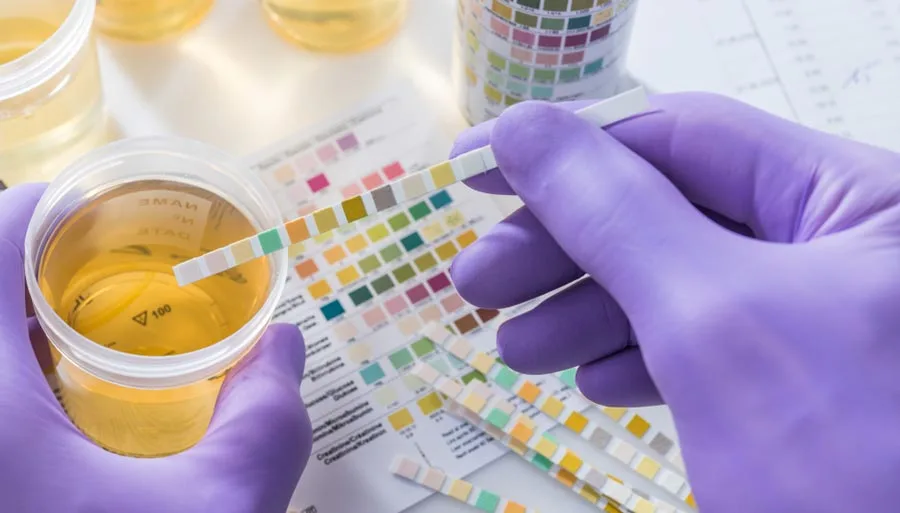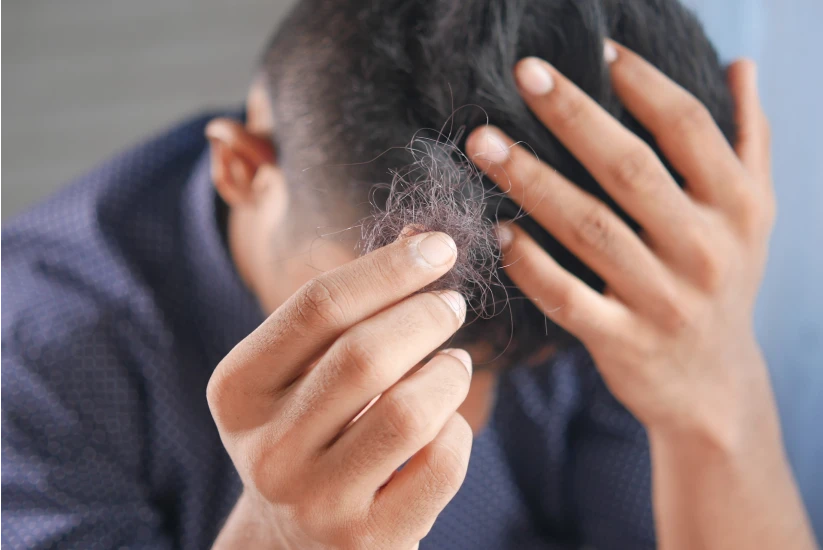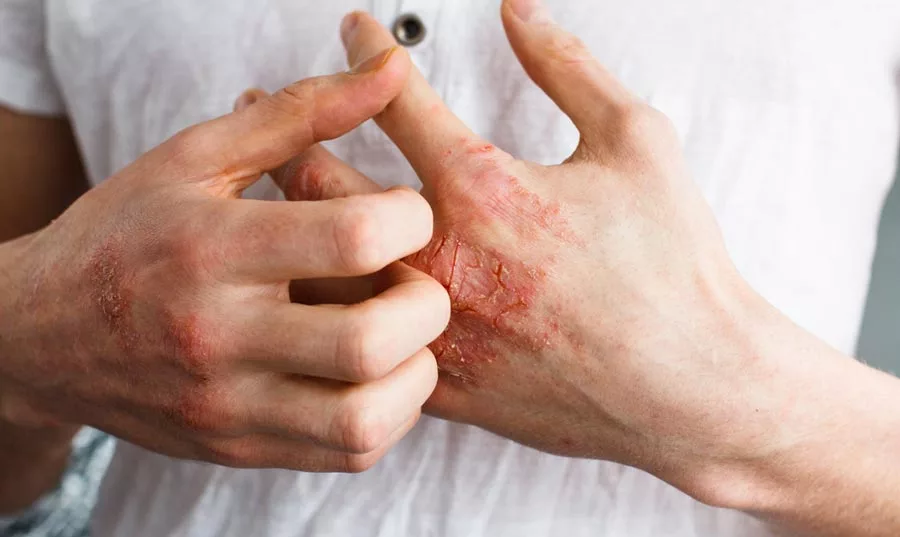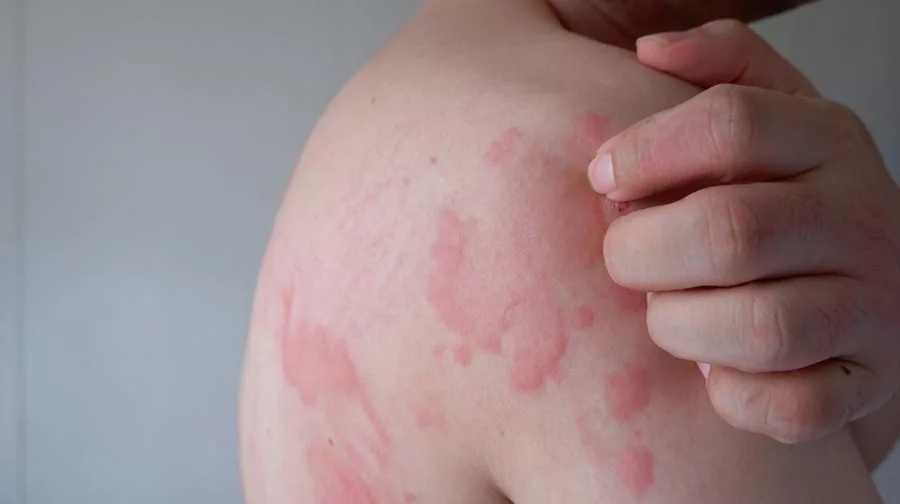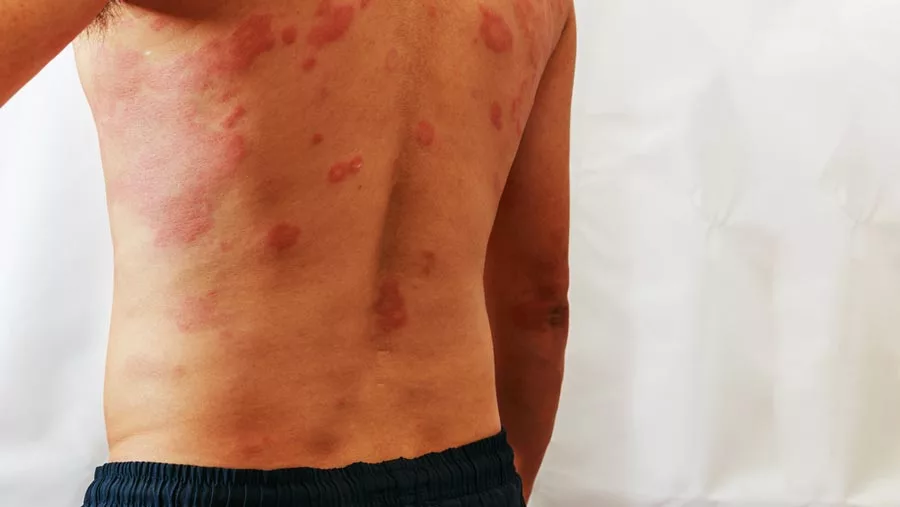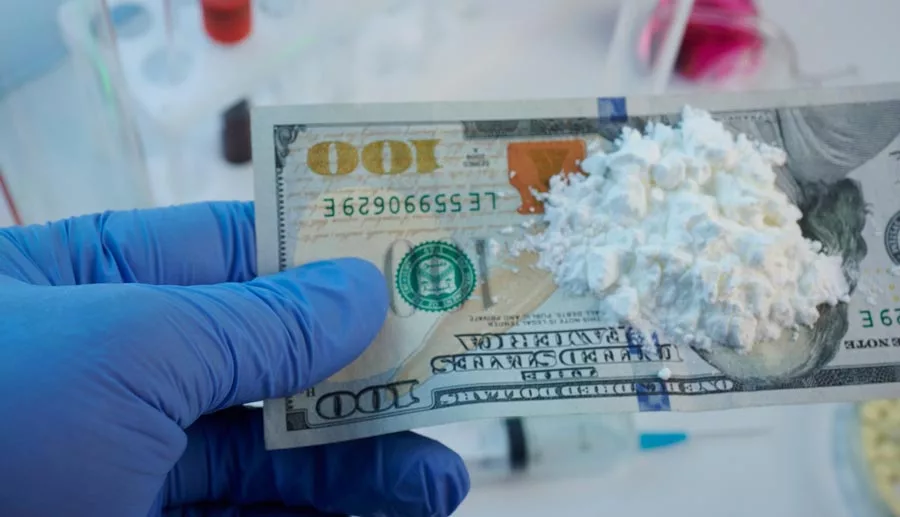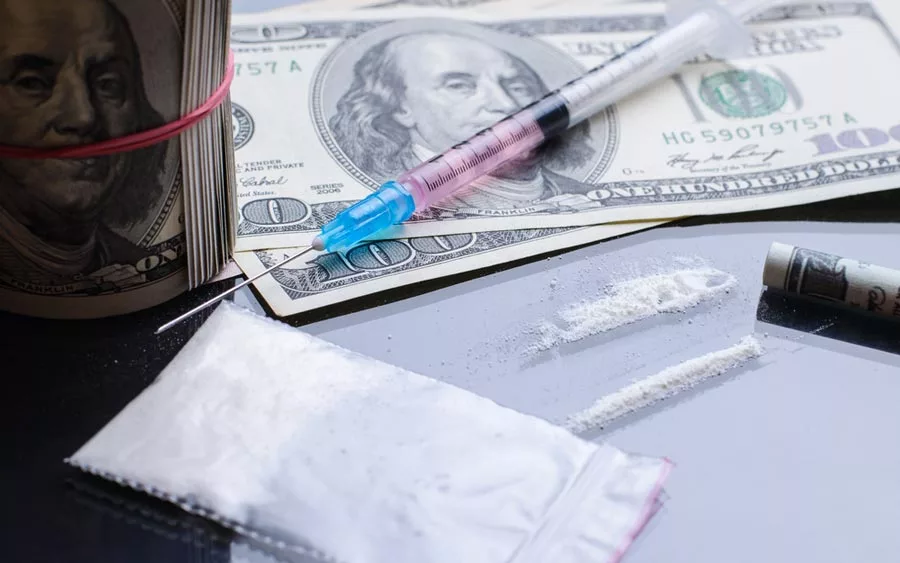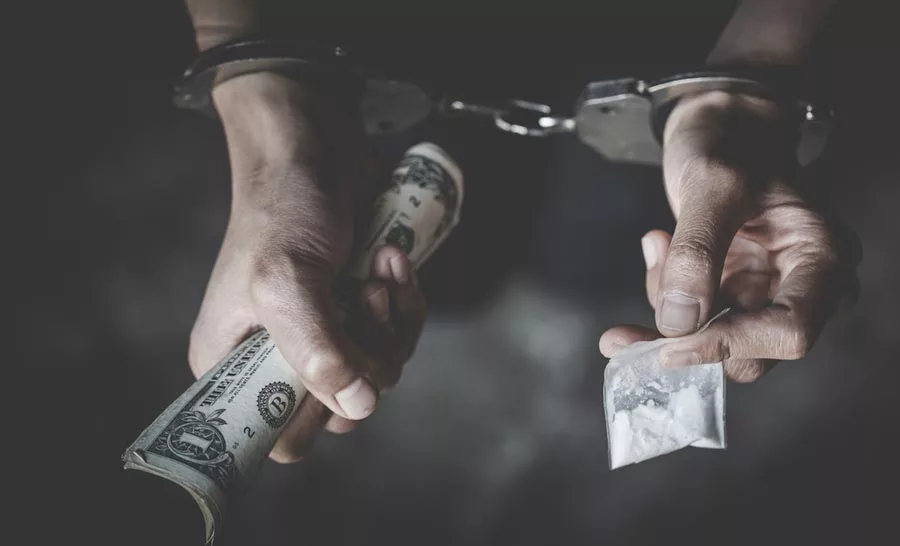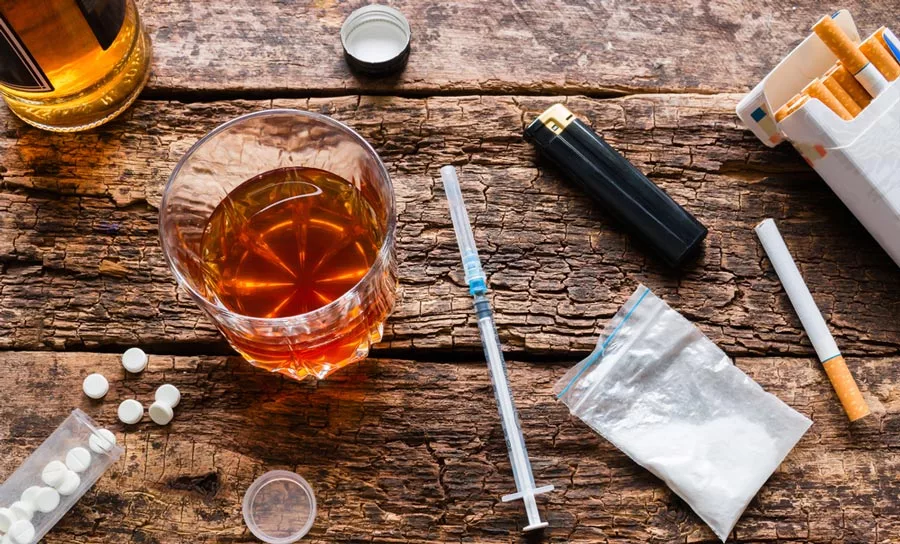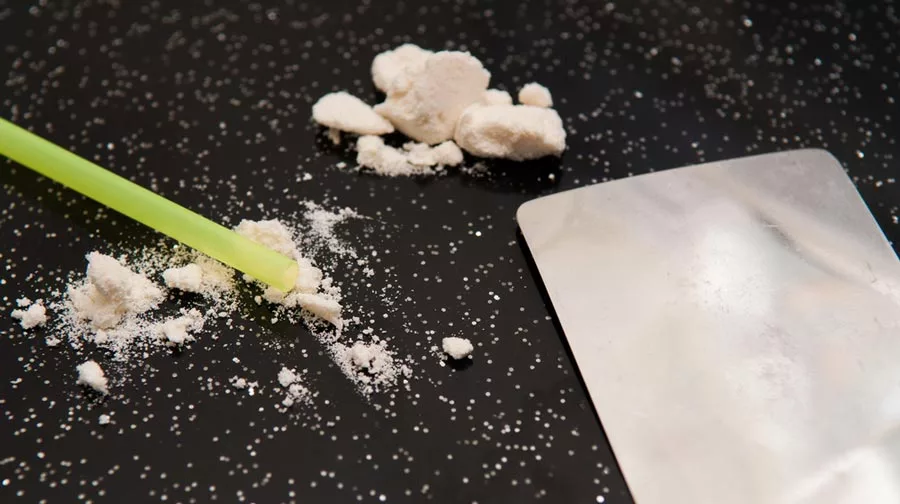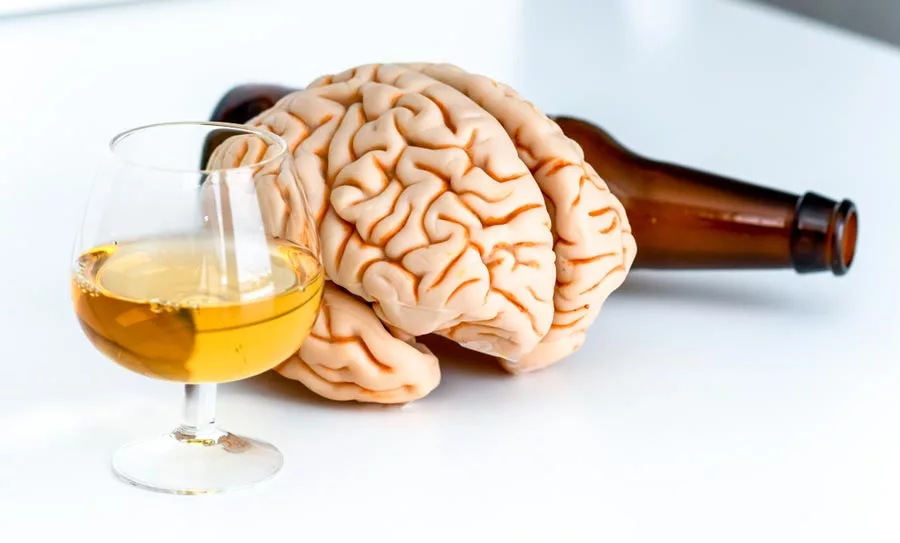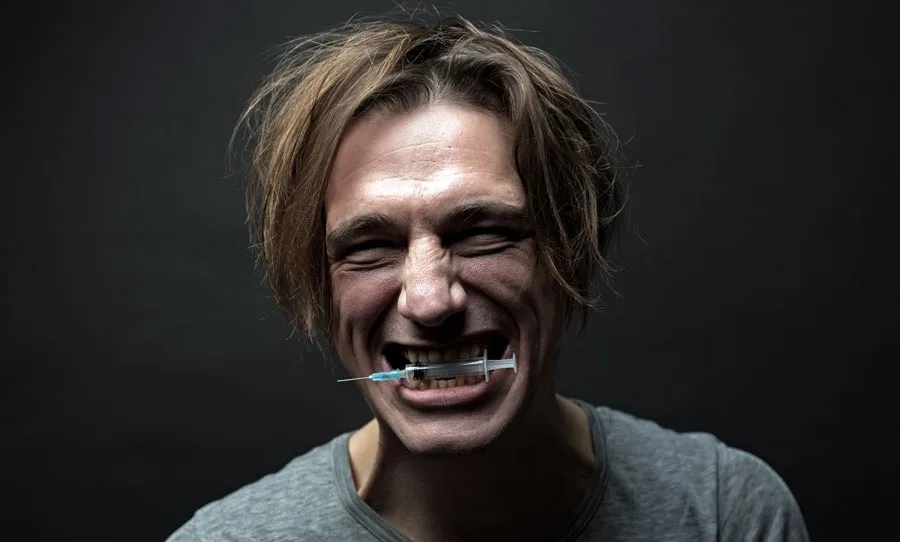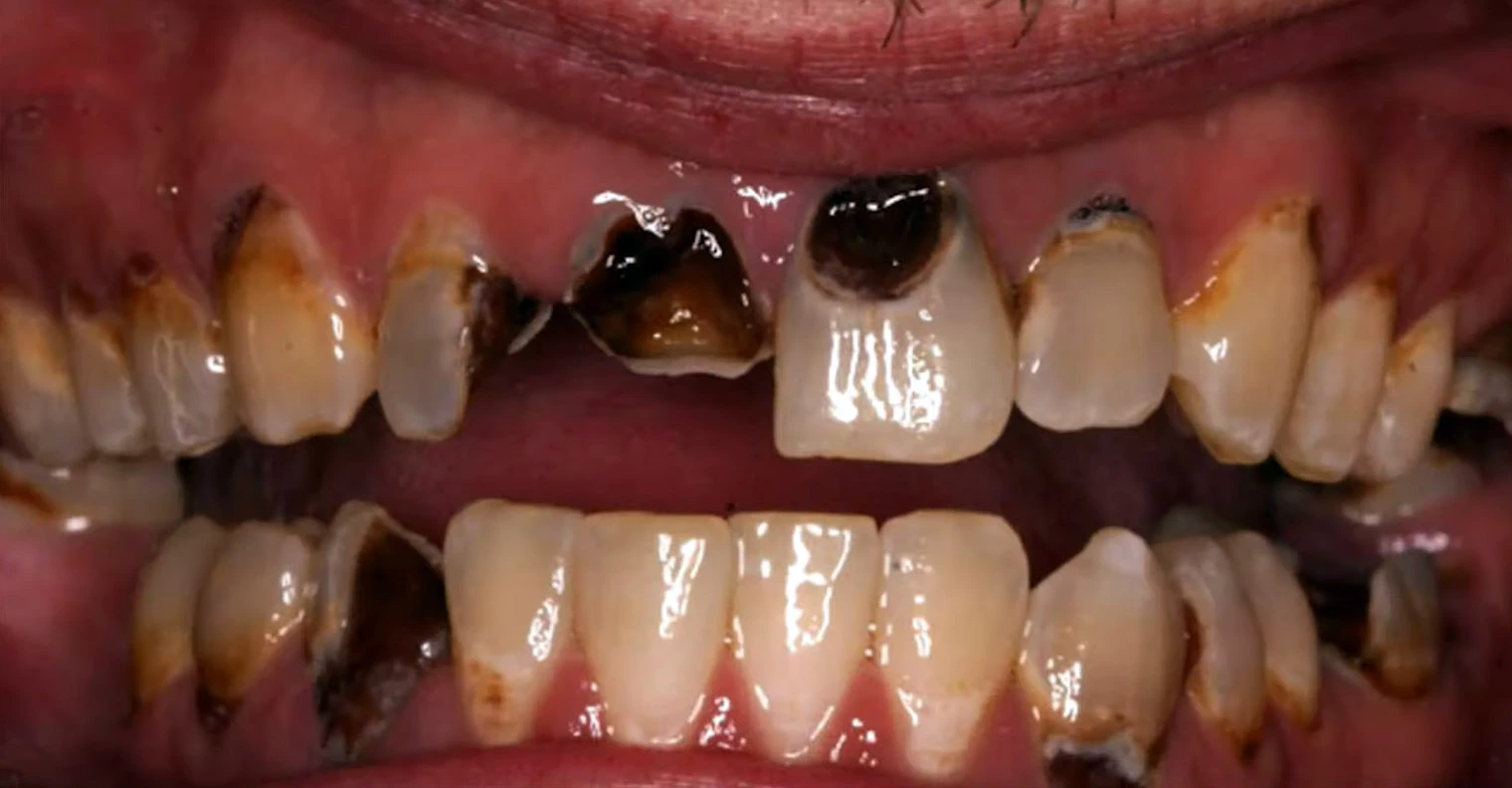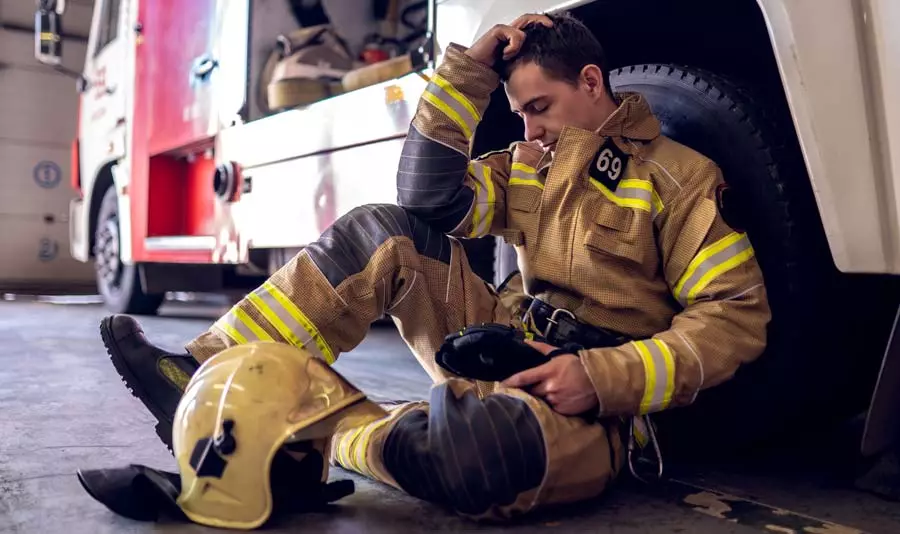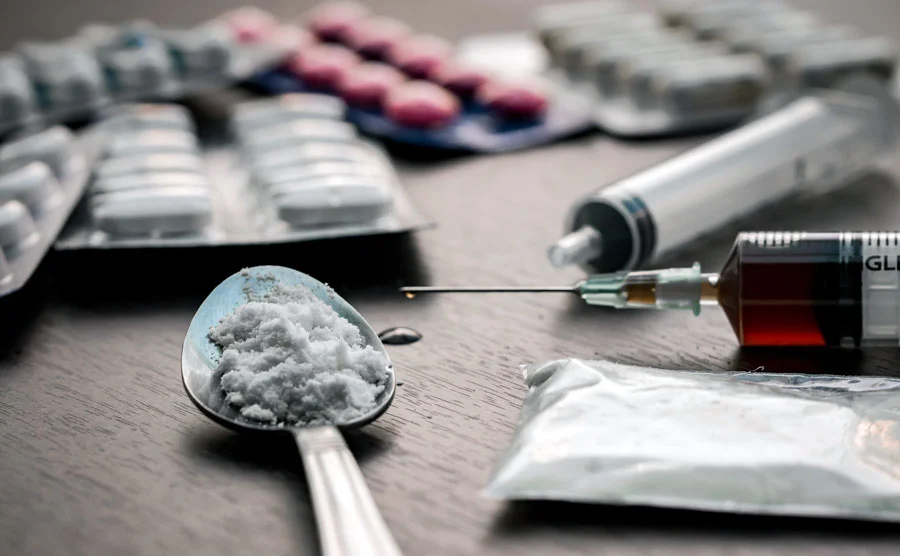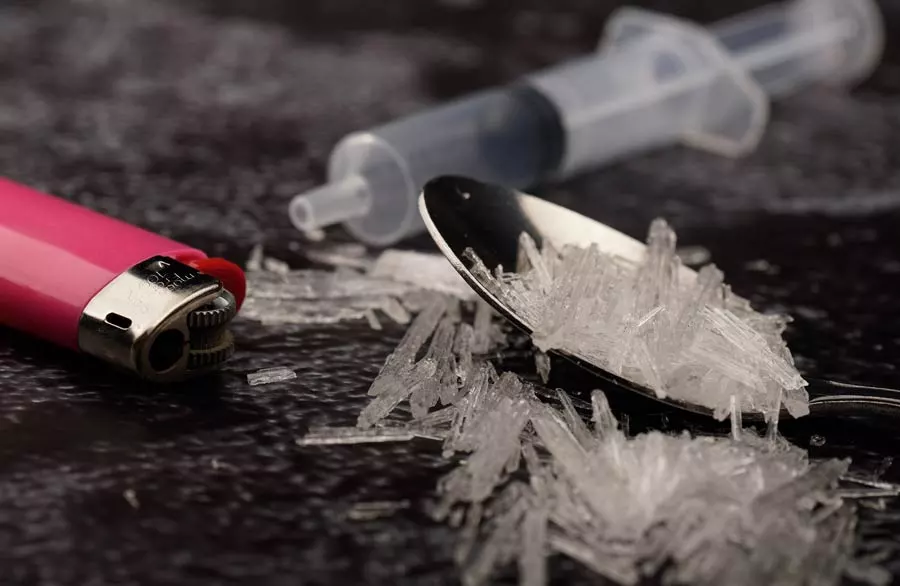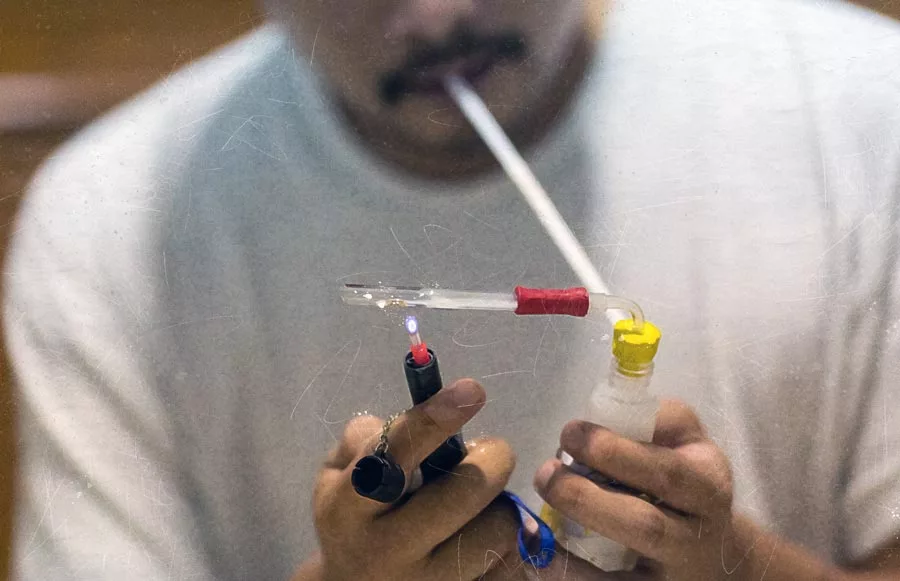The Duration of Cocaine in Drug Test Methods
Cocaine is extracted from the leaves of the coca plant. Possession of cocaine is a crime in the United States since it is a Schedule II controlled substance. A schedule II controlled substance can cause severe psychological or physical dependence and have a high potential for abuse. Medical uses of cocaine are limited and only permitted under tight guidelines from doctors.
Cocaine is an exceptionally potent stimulant drug with a high addiction potential. The National Institute on Drug Addiction (NIDA) reports that about 1.7% of Americans aged 12 or older used cocaine in 2021.
The intoxicating effects of cocaine effects wear off quickly. Therefore, users frequently re-dose or engage in bingeing to maintain the high. This destructive pattern usually leads individuals to develop a dependency on the drug. If you have been using cocaine and face a drug test, you may be wondering how long does cocaine stay in urine?
Keep reading to find out more about the timing to test positive for cocaine, and how to find cocaine addiction treatment if you would prefer to have fewer worries in the future!
The Effects of Cocaine Addiction
The method of use affects the time it takes for cocaine effects to kick in:
- The effects of snorting cocaine might kick in within a few minutes and linger for up to half an hour.
- The effects of smoking cocaine can be felt within 10 seconds and last 5 to 15 minutes.
- Cocaine use by injection yields a more intense and immediate high at the expense of shorter duration compared to other administration routes. The time of the effects is 5 minutes to 15 minutes.
- Cocaine ingestion has the same onset time as snorting the drug.
Most cocaine users snort the drug. This route of administration increases the rate at which the drug’s effects kick in. Users may experience a powerful and rapid high within minutes. Cocaine has a rapid onset but a short duration of about 20 to 30 minutes.
Cocaine’s immediate effects include:
- Boosted energy
- Reduced hunger
- Lack of sleep
- Anxiety and agitation
- Taking unnecessary risks
- Increased body temperature
- Hypertension and rapid heartbeat
- Sweating
- Stroke
- Convulsions
After the effects of cocaine have worn off, the psychological damage it caused may still be evident. Cocaine abuse can have long-term consequences such as:
- Anxiety
- Panic attacks
- Psychosis
- Insomnia
- Emotional instability
- Paranoia
- Addiction
Cocaine use is associated with a potential “crash” the next day. The signs of a cocaine comedown might vary from person to person and depend on how much cocaine was consumed. However, excessive exhaustion, melancholy, and anxiety are the most often reported side effects.
Drinking alcohol with cocaine can also be fatal, as it produces a specific metabolite called cocaethylene that can be quite damaging to the liver and body.
After How Long Does Cocaine Stop Being Detectable During Drug Tests?

Cocaine rapidly stimulates the release of dopamine, a reward-related neurotransmitter, in the brain. Cocaine’s temporary high from dopamine releases triggers a positive feedback loop that promotes further usage and leads to dependence.
How long the effects of cocaine persist may change based on factors such as the user’s age, the health of their liver or kidneys, and the presence or absence of any contaminants substances. Because the kidneys and liver are responsible for flushing cocaine out of the system, problems with either organ can extend the drug’s effects.
The half-life of cocaine is approximately one hour. This means that the average human body needs about an hour for the body to eliminate half of the cocaine in the bloodstream.
It is essential to note that long-term use may cause longer elimination times, enabling some tests to detect cocaine in the system for extended periods.
Cocaine usually stays in the system for about 1 to 4 days in a urine drug test, but it is detectible for up to weeks or months in some individuals. Detection timeframes for cocaine vary widely depending on the type of test.
Average Cocaine Detection Times
Below are some of the most typical detection times:
- Urine Test: Up to 4 days
- Blood Test: Up to 2 days
- Saliva Test: Up to 2 days
- Hair Tests: Months to years
Cocaine or its metabolites can still be found in blood and saliva at least two days after the last dose, while it may be detectible in a hair sample months or even years after quitting.
Metabolites of cocaine are detectible in urine for about three days, but they can last for up to 2 weeks in repeated cocaine users.
While there are other options for testing, the most common form of testing is a urine toxicology test.
To avoid a positive cocaine test, users should weigh the risks of continuing to use cocaine against the benefits of abstaining. You may be suffering from a cocaine use problem if you feel that you are unable to quit the drug.
Factors that Can Affect How Long Cocaine Remains in Your System
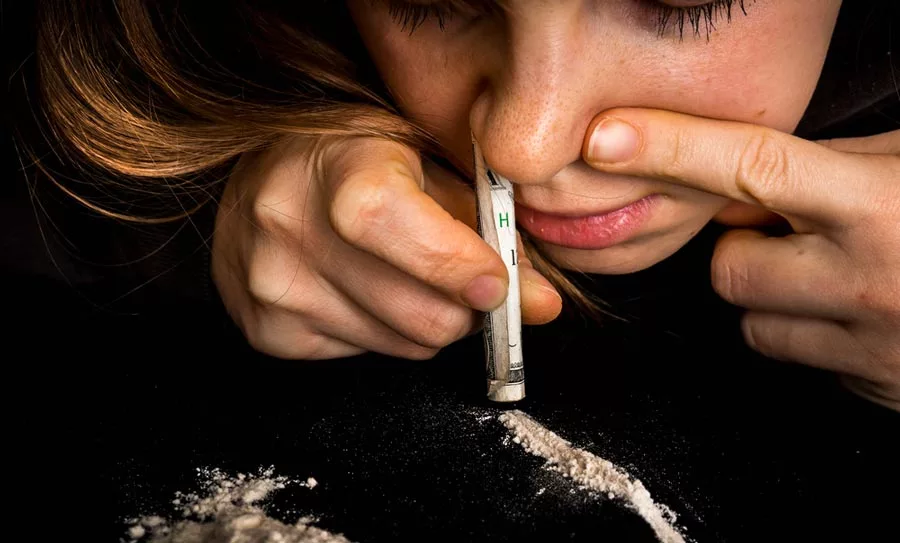
The length of time that drugs like cocaine stay in your system could be affected by the following factors:
- Dosage
- Use frequency
- The last dose
- pH of urine
- Urine concentration
- Kidney or liver damage
- Total body mass
Common Tests for Cocaine Use
Some employers regularly use drug tests to detect cocaine use. Cocaine testing is usually a prerequisite for entry into several industries and professions.
Once a candidate has been offered and accepts a position, the employer may request a drug test before the candidate starts working. The job offer will be rescinded if the applicant doesn’t pass the test.
Failing to pass a drug test may signify that it’s time to seek treatment at a cocaine addiction treatment center. If you cannot pass a cocaine drug test, you should consider getting help for cocaine addiction.
Medical experts use different methods for detecting cocaine in samples. The tests are sensitive enough to pick up benzoylecgonine, a chemical marker for cocaine.
Urine Testing
Testing urine samples is the most affordable test for cocaine use. Urine drug tests are sensitive enough to detect recent cocaine use within the past week and chronic use longer than seven days. The cutoff concentration for a positive test result is 300 ng/ml. You may need to take another test to confirm after a positive test.
However, the cutoff for a positive test result is 150 ng/ml for subsequent samples. Some people have tested negative for cocaine after using minimal amounts of the drug. Many people drink a lot of water or try to swap urine samples with someone else before taking a drug test.
Saliva Testing
Companies often use saliva testing for drug detection. Saliva tests for cocaine are faster than urine tests and produce results faster.
Since these tests can detect whether or not someone has injected, smoked, or eaten an illicit substance within up to 72 hours before testing, professionals consider a saliva test is more reliable than others. One drawback of saliva testing is that it can only detect use during the past 72 hours.
Hair Drug Testing
Only a little snip of hair is needed from near the scalp area. Standard hair follicle screening usually covers about 90 days. But this time frame might vary greatly depending on hair growth.
You can still collect hair from other body parts if no hair is found on the head. Many people consider hair testing more reliable than urine testing for detecting chronic, low-level drug usage.
Drugs enter the hair through cocaine metabolites produced by the human body. Drugs and metabolites enter the hair follicles as they enter the body.
Blood Testing
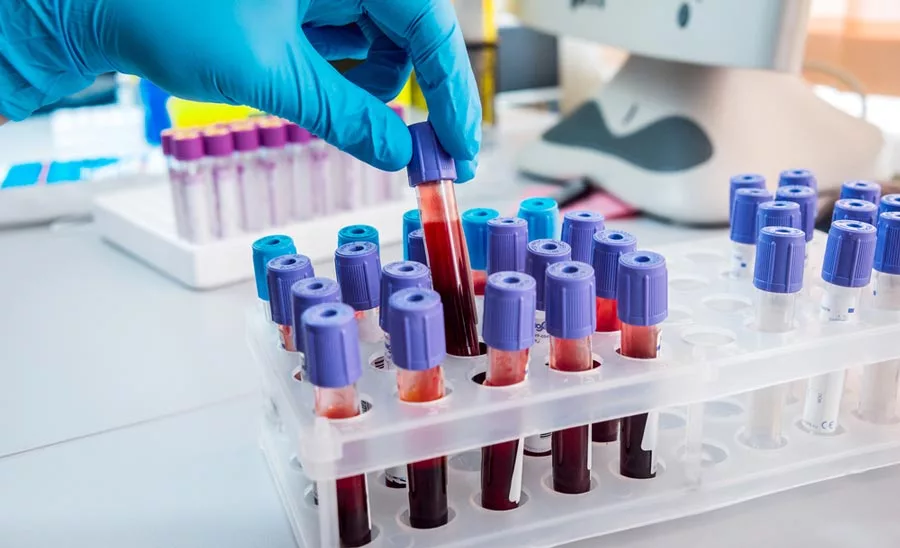
Blood tests are among the most invasive method of cocaine testing. It entails performing blood tests in a lab setting. Blood tests can detect trace quantities of cocaine up to 48 hours after usage.
Many users try to fool these tests, but they usually work. Cocaine abusers frequently struggle with addiction or drug abuse. Dismissal from employment is among the many unfavorable outcomes that might result from cocaine use.
Detoxing from Cocaine
Cocaine detox should be done in a medically supervised setting to ensure maximum safety and comfort throughout the process.
People who develop a dependency on cocaine often struggle with withdrawal symptoms when they try to quit using the drug. Cocaine dependency happens when someone takes cocaine regularly, to the point where they need it to carry on with daily life.
Most people get dependent on cocaine at different rates, and a person’s genetic makeup significantly affects how quickly dependence develops after one’s first experience with the drug.
Cocaine’s effects on the brain’s dopamine neurotransmission explain some of the events associated with both dependence and withdrawal. Cocaine usage has been linked to significant dopamine activity levels in brain regions associated with motivation and reward.
What are the Signs of Cocaine Withdrawal?
Below are some of the signs of acute cocaine withdrawal may display the following symptoms:
- Anxiety
- Irritability
- Depression
- Unable to focus
- There was a slowing of both mind and action
- Fatigue
- Disruptions to regular sleeping habits
- Augmented hunger
- Urge to use cocaine
- Paranoia
The Dangers of Depression During Cocaine Detox
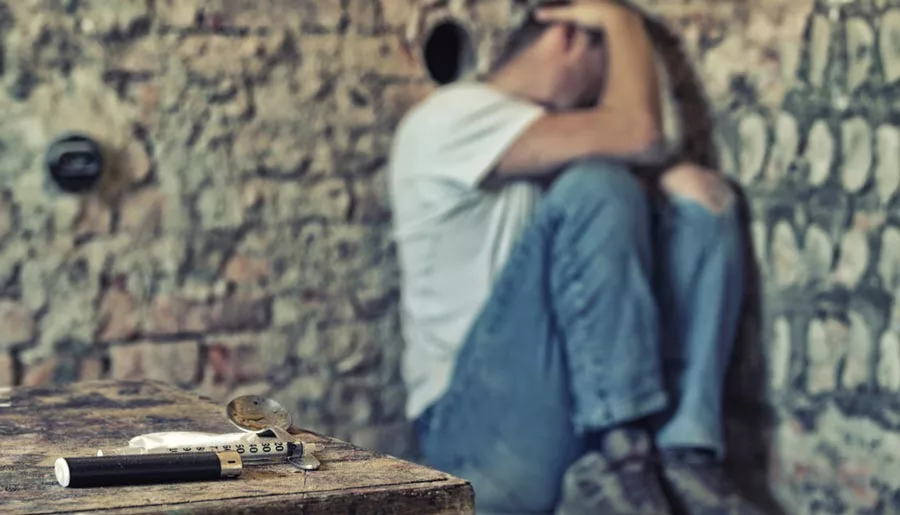
Although most people do not have severe physical symptoms during stimulant withdrawal, those who are particularly sensitive to the drug are at risk for experiencing severely debilitating dysphoria.
Suicidal ideation or attempt, and relapse to cocaine use, have been linked to this profoundly dysphoric stage in certain patients.
Some persons have a more protracted or lengthy withdrawal course and have withdrawal symptoms for several weeks after stopping cocaine. However, many withdrawal symptoms diminish within a few days after quitting.
When withdrawal symptoms from a particular substance continue for far longer than expected after the person has stopped using, this is known as protracted withdrawal.
Withdrawal symptoms can vary significantly in intensity from one person to the next. A person’s age, general health, the quantity and frequency of their cocaine usage, and the length of their addiction all play a role in the severity of these symptoms. Additional elements to consider are how the drug was administered and whether or not other medications were mixed in.
Those experiencing withdrawal may be tempted to start using again to alleviate their distress.
How Long Does Withdrawal Last?
The severity and length of cocaine withdrawal may vary depending on the type of cocaine used. The average duration of acute cocaine withdrawal symptoms is three to four days. But some people may experience continued withdrawal symptoms for up to four weeks.
A higher likelihood of relapse is associated with more severe episodes of cocaine withdrawal. High scorers on a test measuring the intensity of cocaine withdrawal were found to be four times as likely to repeat drug usage as low scorers.
A person’s risk of relapse during and after withdrawal from cocaine can be reduced by receiving medical and social assistance as part of a medically managed withdrawal program.
Find Effective Cocaine Addiction Treatment at Best Rehabs In Arizona
If you or a loved one have a cocaine use disorder, the substance abuse professionals at Best Rehabs In Arizona can help you get your life back on track. We offer many detox and cocaine addiction treatment programs to match your requirements.
Contact us today for professional medical advice about cocaine detox and rehab services. All calls are strictly confidential, so please reach out now!

